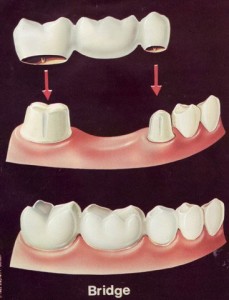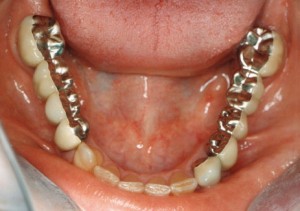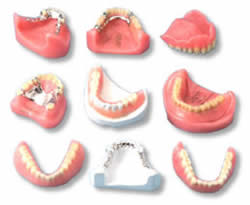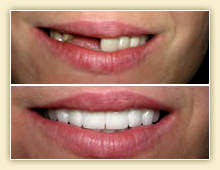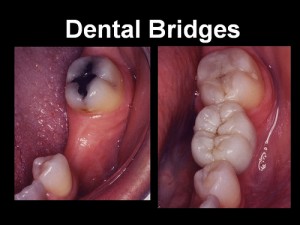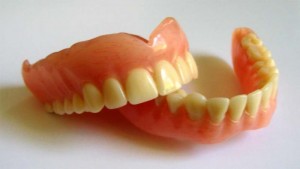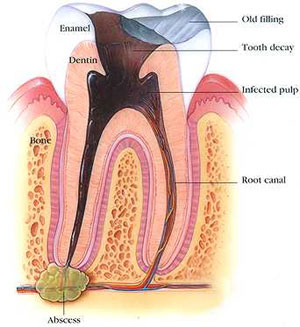PARTIAL DENTURE
Definition
A dental prosthesis that restores one or more but not all of the natural teeth and/or associated parts and that is supported in part by natural teeth, dental implant supported crowns, abutments, or other fixed partial dentures and /or the mucosa; usage: a partial denture should be described as a fixed partial denture or removable partial denture based on the patient’s capability to remove or not remove the prosthesis. Continue reading
